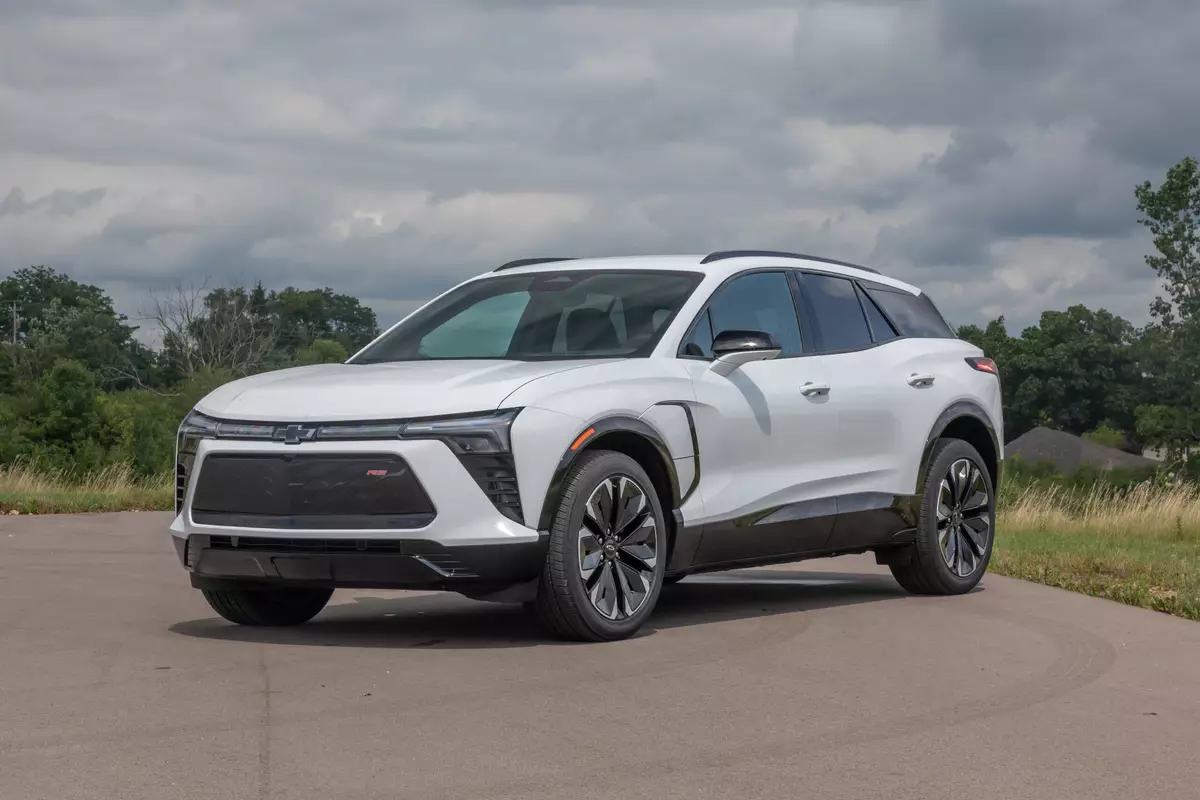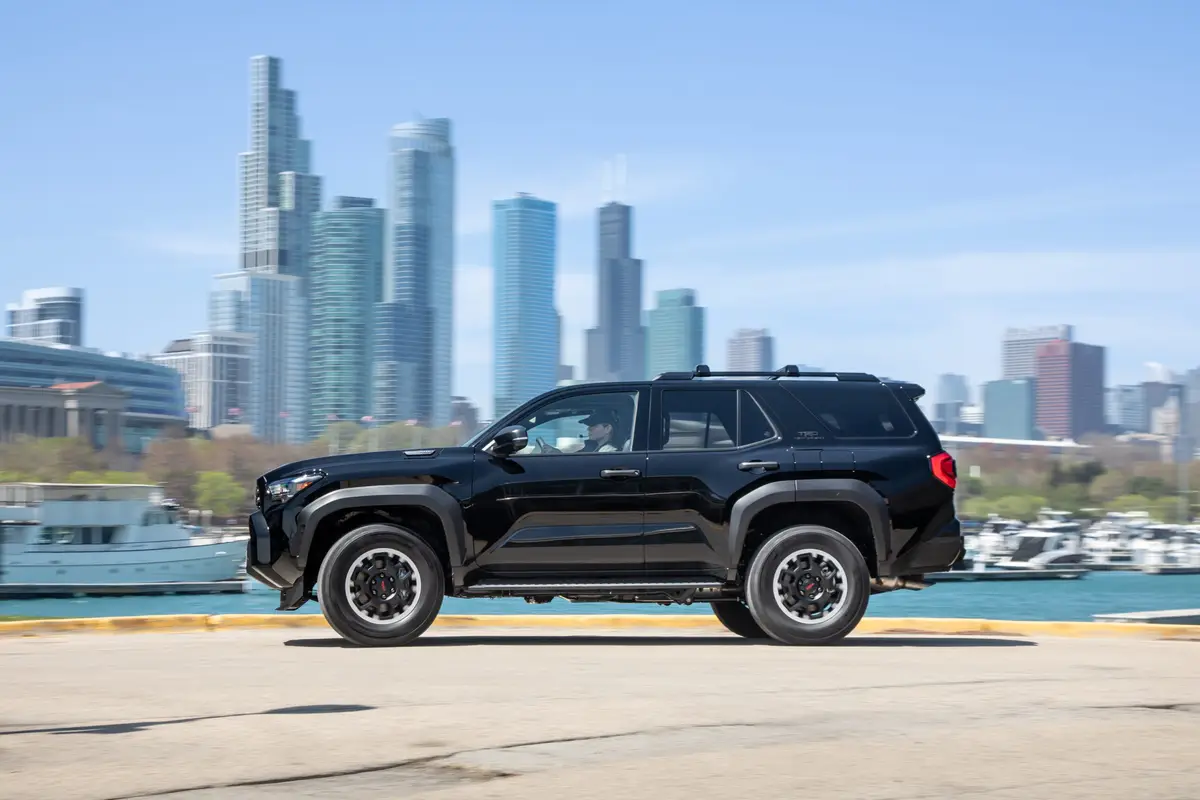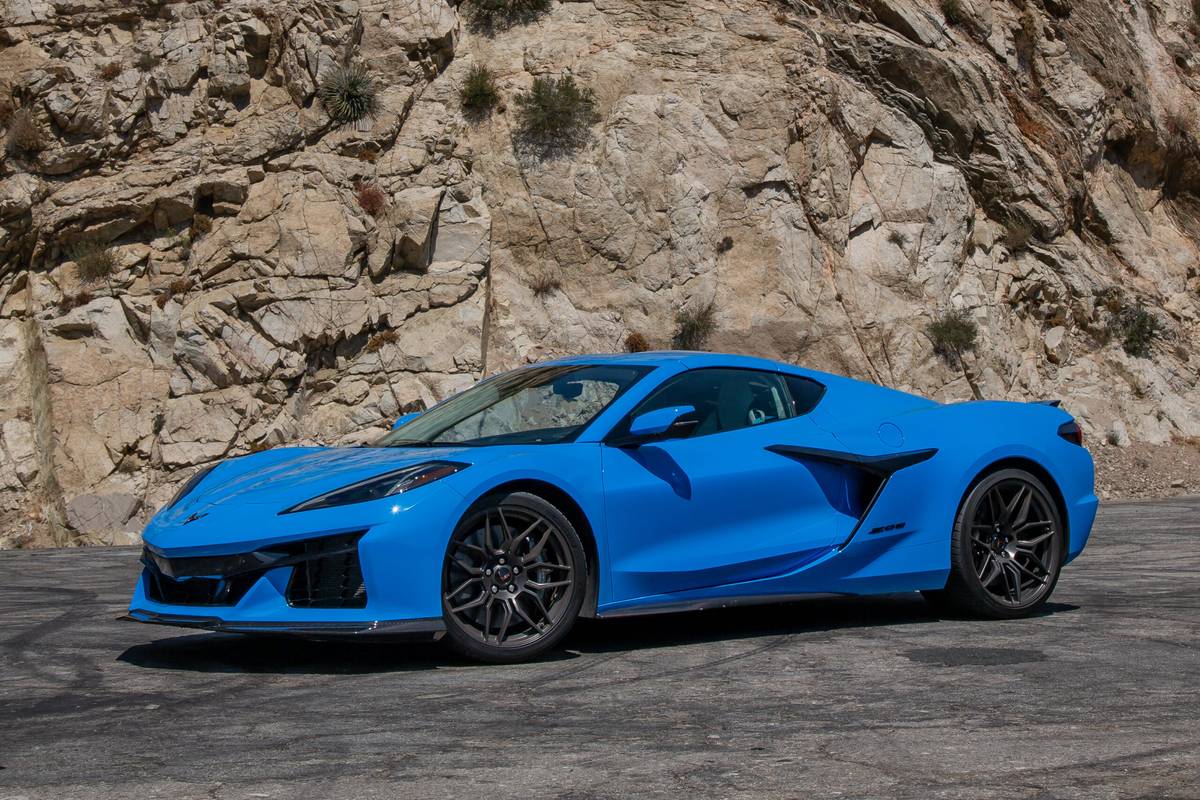Boston.com's view
Freestar puts Ford back in the minivan game
In the 20 years since its introduction, the minivan had grown long in tooth and short in coolness and respect. What went from a truck-like box to the symbol of a suburban political movement (remember the soccer-mom voters?) seemed to fade from the stage, even though sales did not flag seriously.
Now, the minivan is in the midst of a solid comeback, mostly because manufacturers are infusing it with more content, more luxurious appointments, high-end technology, and a quieter, smoother ride.
These changes — even as Chrysler, for instance, sold more than a million vans a year worldwide in the past decade — were necessitated by two changes in the car culture: the rise of the SUV and the creation of so-called “crossover” vehicles that combine the utility of a van with the image and oomph of an SUV.
It is a transformation that appears to be working. Industry analysts estimate that by 2005 minivan sales in the United States could approach the 1.3 million peak they hit in the mid-’90s.
The latest case in point is the 2004 Ford Freestar, successor to the less-than-successful Windstar minivan.
The Windstar as we knew it was not terribly reliable, was loud and bouncy, and had a cheaper interior than competitors. With the Freestar, Ford is back in the game. This is more than just a rebadging atop the same powerplant and platform. It’s a whole new van, more powerful, quieter, smoother, and with a greatly upgraded interior.
It has fold-flat-into-the-floor third-row seats. And as they fold away, headrests still attached, they form a flat cargo space. Further, they are hinged so that at picnics or tailgate parties they flip rearward, with the back of the seat becoming the base and the base becoming the back. Voila, a bench seat facing out.
The middle row of seats — twin captain or bench — flip forward or can be removed, providing even more cargo space and the variety of cargo/passenger configurations that many owners demand.
The interior upgrade includes a seemingly endless array of nooks and crannies in which to store travel items, and there are more cup holders (10) than seating capacity (seven).
Given its space for people and things, Ford wisely upgraded the powerplant. Two V-6 engines are available, a standard 3.9-liter that delivers 200 horsepower and a 4.2-liter of 201 horsepower.
The horsepower upgrade seems meaningless, but when you consider the torque increase — 240 lb.-ft. to 265 lb.-ft. — you get what’s going on here. Torque is all about hauling loads and the Freestar will haul lots of people and gear. Further, it is about 300 pounds heavier than the Windstar, so the extra pull is needed.
The Freestar comes in five models: base, LX, LX Sport, SE, and Limited (as tested). It is a front-wheel-drive van with a transverse mount engine. The engine is mated to a four-speed automatic transmission. The package proved to be far quieter than the Windstar, and the van felt simply more substantial on the road — including during highway driving in stiff winter crosswinds. Its truck-like Ford snout sets it apart from the basic van-as-box look, and the fact that traction control is standard adds to its safety.
For further safety, side impact/side curtain air bags are available for all three rows of seats, protecting occupants not only in crashes, but also rollovers.
The leather captain’s seats in the test model were firm and comfortable, and access to the rear two rows was very easy. The dash has a solid, if simple design, with textured material above and below, bisected by a wood strip. Wood also surrounds the central control pod, whose buttons and knobs are thankfully large. Turn-signal indicators built into the rear-view mirrors are a great touch.
Competition in the minivan field is going to be tough, and any uilder of minivans has to offer not only utility but quality and content. From the optional DVD to the safety package of side air bags, Ford is doing just that with the Freestar.
Latest news



